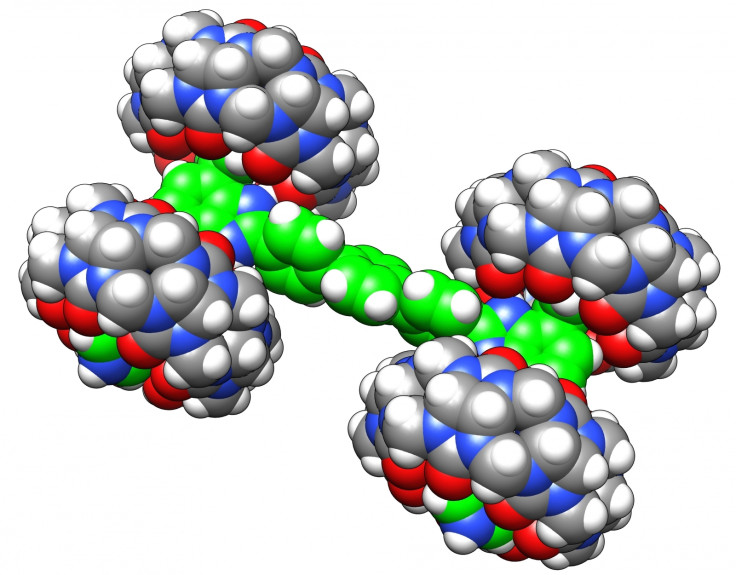Scientists create world's smallest 'monster truck' for first-ever nanorace event
Atomic-sized Bobcat Nanowagon revealed potential breakthrough for molecular machines.

Scientists have created the world's smallest 'monster truck'. The nano-sized structure, which will be competing in the world's shortest distance race, measures in at a fraction of the width of a human hair.
The truck-like vehicle, called the Bobcat Nanowagon, is invisible to the naked eye and made on an atomic scale by a team from Ohio University to feature four wheels attached to a simple H-shaped frame structure at a total length of just 3.5 nanometres. To put this into scale, one red blood cell is measured at around 6,000-8,000 nanometres.
While it takes the title of the world's smallest monster truck, it conversely is also the world's biggest nano-vehicle ever made. If real-life scale was applied it would easily dwarf regular cars.
There is no engine but its large 'wheels' created from cucurbituril molecules are propelled by positively-charged receptors, as it competed in the first-ever race for nanocars at the French National Centre for Scientific Research in Toulouse.
Race fans expecting high-octane action might have been disappointed, however, with entrants taking over 30 hours to cross the finishing line of the racetrack built from gold and silver. The Ohio team got off to a good start but the truck got stuck after 43 nanometres, taking third place for furthest travelled.

Eric Masson and Saw-Wai Hla, the scientists behind the mini monster truck, explained they uncovered something intriguing as a result of the race. They had assembled the nanowagon by suspending the chassis molecules in water, adding the wheel molecules and then evaporating the liquid.
About 70% of the resulting structures looked like two-wheeled hover boards, a few had three wheels, and about 10% had all four wheels. They were surprised to find that very few wheels weren't connected to anything.
"That means that it was easier to break the chassis, a covalent bond, than to break the noncovalent bonds between the chassis and the wheels," Masson says. "That's completely counterintuitive because typically a noncovalent bond is much weaker than a covalent bond. It's a theoretical curiosity."
What this discovery represents is the potential for creating nano-sized molecular machines that could be used in electronics and data storage. However, both Masson and Hla stress this is a long way off.
© Copyright IBTimes 2025. All rights reserved.






















